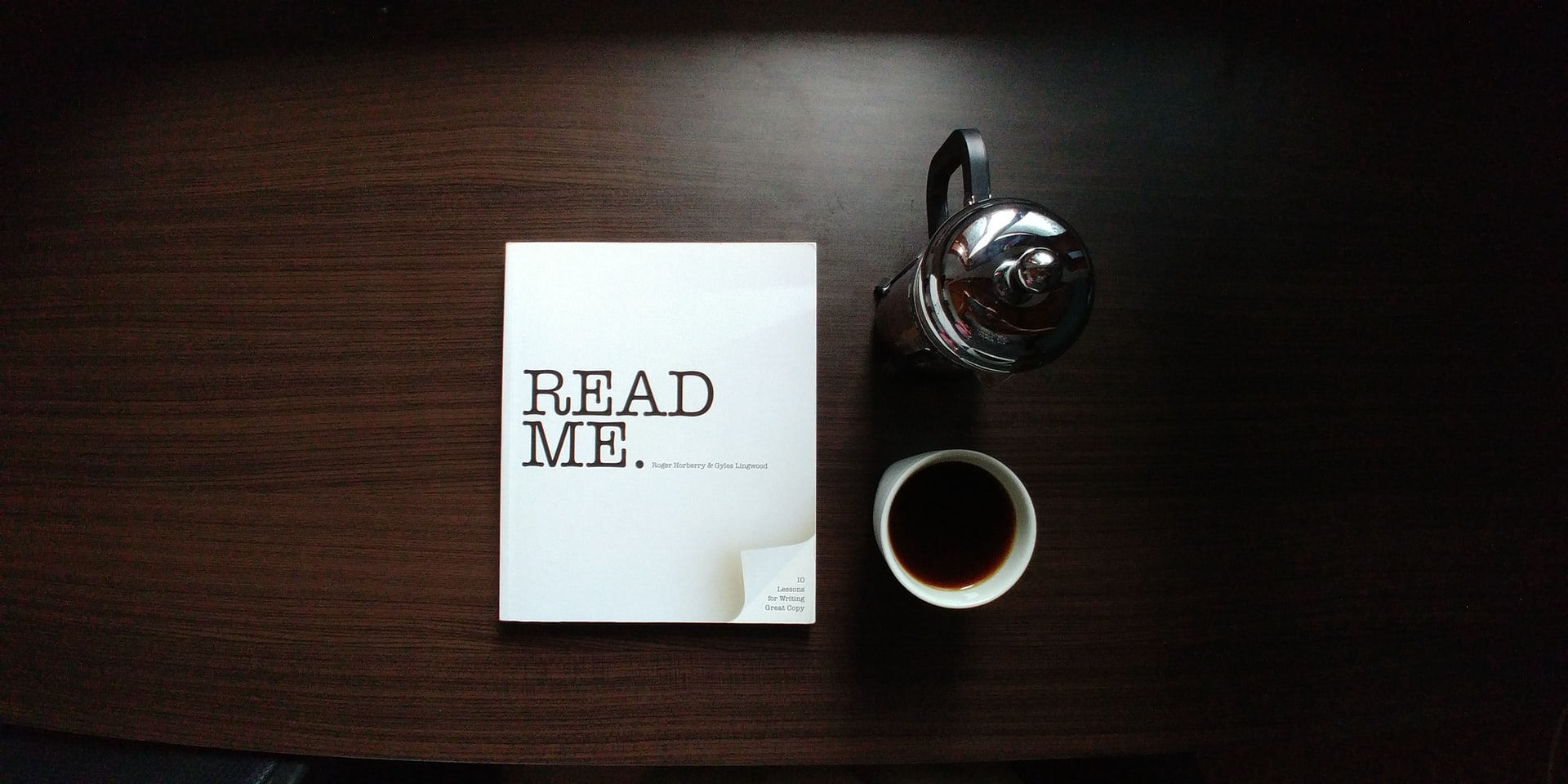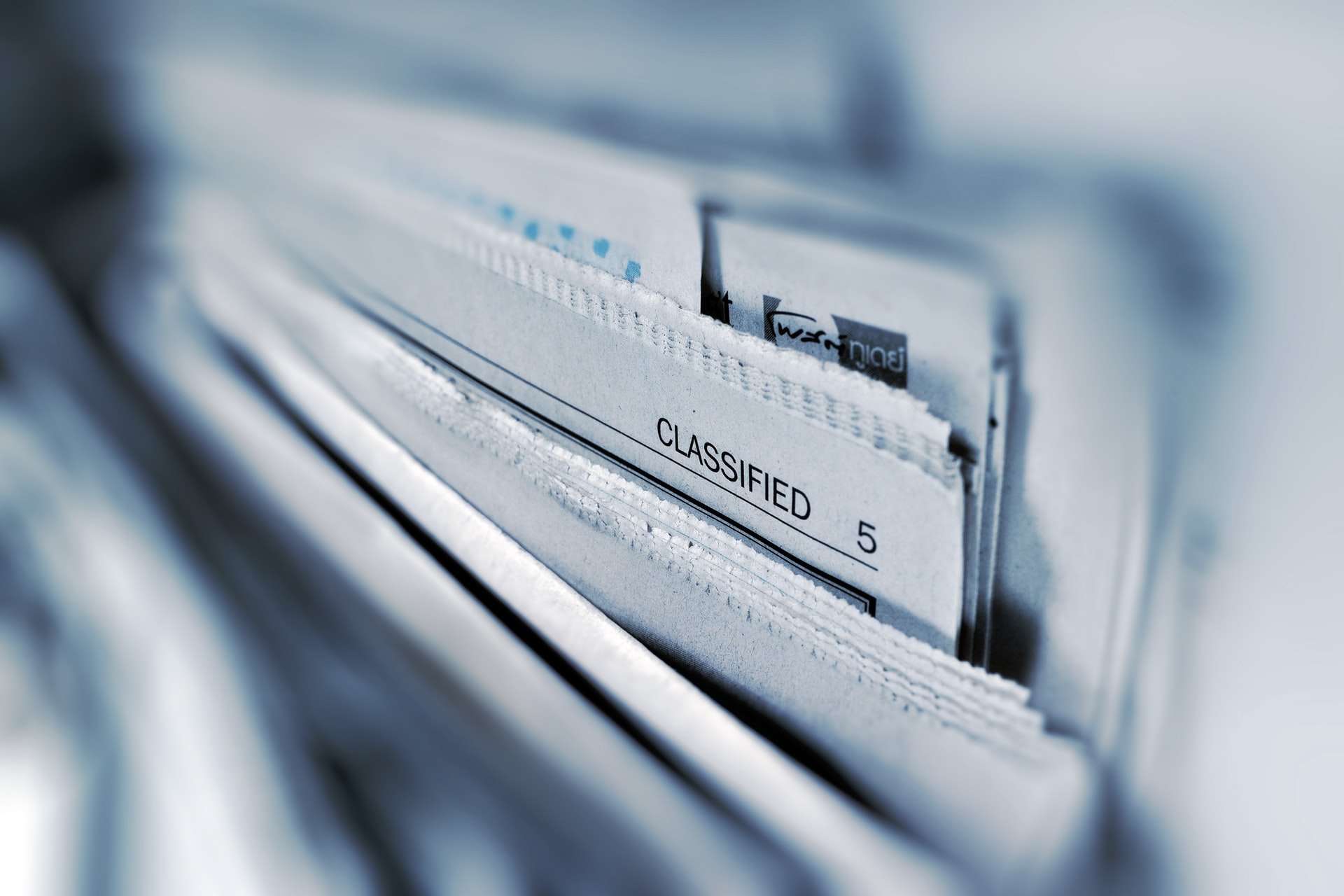Skuteczne dotarcie do mediów wymaga czegoś więcej niż tylko suchych faktów. Ważna jest umiejętność przedstawienia historii, która zaintryguje dziennikarzy i czytelników. Przyjrzymy się strategiom tworzenia informacji prasowych, które przyciągną uwagę, ale również zainspirują do działania.
Czym jest informacja prasowa?
Informacja prasowa to zwięzły komunikat skierowany do mediów, prezentujący istotne wydarzenia z życia organizacji. Jej celem jest przekazanie newsów w sposób, który zachęci dziennikarzy do podzielenia się nim z szerszą publicznością. Według badań przeprowadzonych przez Instytut Monitorowania Mediów, tylko 10-15% informacji prasowych przekłada się na publikacje medialne. To pokazuje jak ważne jest odpowiednie przygotowanie komunikatu, aby wyróżnił się on spośród setek innych, trafiających codziennie do redakcji.
Informacja prasowa pełni rolę mostu między organizacją a mediami. Dobrze skonstruowana, staje się katalizatorem dla szerszej dyskusji medialnej, budując wiarygodność marki i kształtując jej wizerunek w oczach opinii publicznej. Istotnym aspektem informacji prasowej jest jej aktualność. Dziennikarze poszukują świeżych, interesujących tematów, które mogą zainteresować ich odbiorców. Informacja prasowa powinna koncentrować się na najnowszych wydarzeniach, innowacjach czy zmianach w organizacji, które mają potencjał, by stać się newsem.

Informacja prasowa to jednak nie tylko suche fakty. Jest to opowieść o firmie, jej produktach czy usługach, przedstawiona w kontekście szerszych trendów rynkowych czy społecznych. Umiejętne połączenie danych z narracją zwiększa szanse na zainteresowanie mediów i szerokie dotarcie do docelowej grupy odbiorców.
Elementy informacji prasowej
Struktura informacji prasowej opiera się na zasadzie odwróconej piramidy. Oznacza to, że najważniejsze informacje umieszczamy na początku, a następnie rozwijamy temat, dodając coraz bardziej szczegółowe dane.
- Nagłówek – zwięzły, chwytliwy tytuł, który przyciągnie uwagę dziennikarza.
- Lead – pierwszy akapit zawierający esencję całej informacji.
- Rozwinięcie – szczegółowy opis wydarzenia lub produktu.
- Cytat – wypowiedź przedstawiciela firmy lub eksperta, dodająca wiarygodności.
- Boilerplate – krótki opis firmy.
- Dane kontaktowe

Długość informacji prasowej powinna być dostosowana do potrzeb mediów. Cały komunikat nie powinien przekraczać jednej strony A4. Dziennikarze cenią zwięzłość i konkretność, dlatego warto skupić się na najistotniejszych faktach, unikając zbędnych detali czy marketingowego żargonu. Styl pisania informacji prasowej powinien być neutralny i rzeczowy. Unikajmy przesadnie emocjonalnego języka czy nadmiernego chwalenia się. Zamiast tego, skupmy się na prezentacji faktów i danych, które same w sobie będą przekonujące dla odbiorców. Warto również zadbać o odpowiedni format pliku. Większość dziennikarzy preferuje otrzymywanie informacji prasowych w formacie .doc lub .rtf, ponieważ umożliwia im to łatwe kopiowanie i edytowanie tekstu.
Jak napisać skuteczną informację prasową?
Ważna jest odpowiedź na sześć podstawowych pytań: kto, co, kiedy, gdzie, dlaczego i jak. Jest to metoda znana jako zasada 5W+H, pozwalająca na kompleksowe ujęcie tematu.
- Rozpocznijmy od tytułu. Powinien on być zwięzły, ale jednocześnie intrygujący. Unikajmy ogólników na rzecz konkretów. Zamiast „Firma X wprowadza nowy produkt”, napiszmy „Firma X rewolucjonizuje rynek z pierwszym na świecie biodegradowalnym smartfonem”.
- Lead, czyli pierwszy akapit informacji prasowej, powinien zawierać esencję całego komunikatu. To właśnie te pierwsze zdania decydują, czy dziennikarz będzie czytał dalej. Warto zawrzeć w nim odpowiedzi na najważniejsze pytania: kto, co i dlaczego.
- W rozwinięciu informacji prasowej skupmy się na faktach i danych. Statystyki, wyniki badań czy konkretne liczby dodadzą wiarygodności naszemu przekazowi. Pamiętajmy jednak, aby prezentować je w kontekście, pokazując ich znaczenie dla branży czy społeczeństwa.
- Cytat od przedstawiciela firmy lub eksperta branżowego dodaje ludzkiego wymiaru do komunikatu. Powinien on zarówno komentować opisywane wydarzenie, ale również dostarczać dodatkowej wartości, np. poprzez przedstawienie szerszej perspektywy czy prognoz na przyszłość.
- Warto zadbać o elementy wizualne. Infografiki, zdjęcia czy krótkie wideo mogą znacząco zwiększyć atrakcyjność informacji prasowej. Pamiętajmy jednak, aby były one wysokiej jakości i bezpośrednio związane z tematem komunikatu.
- Zakończenie informacji prasowej powinno zawierać call-to-action. Może to być zaproszenie na konferencję prasową, link do dodatkowych materiałów czy zachęta do kontaktu w celu uzyskania dalszych informacji.
Did you know that content is more important today than ever?
We know everything about creating press releases!
Najczęstsze błędy przy pisaniu informacji prasowej
Tworzenie informacji prasowych wiąże się z ryzykiem popełnienia pewnych błędów, które mogą znacząco obniżyć skuteczność naszego przekazu. Jednym z najczęstszych błędów jest brak konkretów. Informacje prasowe pełne ogólników i pustych frazesów szybko lądują w koszu. Zamiast pisać o „innowacyjnych rozwiązaniach” czy „przełomowych technologiach”, skupmy się na konkretnych przykładach i liczbach. Pokażmy, jak nasze działania przekładają się na realne korzyści dla klientów czy społeczeństwa.
Kolejnym problemem jest zbyt promocyjny ton. Informacja prasowa to nie reklama. Dziennikarze szukają newsów, a nie materiałów marketingowych. Zamiast chwalić się, skupmy się na prezentacji faktów i pozwólmy, aby mówiły one same za siebie.
Ignorowanie zasady odwróconej piramidy to kolejny częsty błąd. Umieszczanie najważniejszych informacji na końcu komunikatu znacząco zmniejsza szanse na jego publikację. Dziennikarze przeglądając dziesiątki informacji dziennie, często czytają tylko pierwsze akapity. Jeśli nie znajdą w nich niczego interesującego, prawdopodobnie nie będą czytać dalej.
Błędem jest również ignorowanie potrzeb i specyfiki różnych mediów. Informacja prasowa skierowana do dziennika ekonomicznego będzie się różnić od tej przeznaczonej dla lifestyle’owego magazynu. Dostosowanie treści i stylu do konkretnego odbiorcy zwiększa szanse na publikację.
Jak dystrybuować informacje prasowe?
Stworzenie dobrej informacji prasowej to dopiero połowa sukcesu. Kolejmym wyzwaniem jest jej odpowiednia dystrybucja. Jak to zrobić?
- Warto stworzyć własną bazę kontaktów medialnych. Powinni się w niej znaleźć dziennikarze specjalizujący się w tematyce związanej z naszą branżą. Regularne śledzenie publikacji i nawiązywanie osobistych relacji z przedstawicielami mediów może znacząco zwiększyć skuteczność naszych działań PR.
- Timing wysyłki informacji prasowej również jest bardzo ważny. Unikajmy wysyłania komunikatów w piątkowe popołudnia czy tuż przed świętami, gdy redakcje pracują na zwolnionych obrotach. Optymalnym czasem jest zazwyczaj wtorek lub środa rano, gdy dziennikarze planują tematy na nadchodzące dni.
- Personalizacja komunikacji to kolejny istotny aspekt. Zamiast masowej wysyłki, warto dostosować treść emaila do konkretnego dziennikarza czy redakcji. Odwołanie się do wcześniejszych publikacji czy zainteresowań danego medium zwiększa szanse na pozytywny odbiór naszego komunikatu.
- Warto również rozważyć wykorzystanie profesjonalnych serwisów do dystrybucji informacji prasowych. Oferują one zwykle szerokie dotarcie oraz narzędzia do analizy efektywności naszych działań.
- Follow-up to często pomijany, ale istotny element dystrybucji. Delikatne przypomnienie o wysłanej informacji prasowej, najlepiej połączone z propozycją dodatkowych materiałów czy wywiadu, może przesądzić o publikacji.
- Pamiętajmy również o wykorzystaniu własnych kanałów komunikacji. Umieszczenie informacji prasowej na firmowej stronie internetowej czy w mediach społecznościowych zwiększa jej zasięg i może przyciągnąć uwagę dziennikarzy szukających tematów online.
Skuteczne tworzenie i dystrybucja informacji prasowych wymaga strategicznego podejścia, znajomości potrzeb mediów oraz ciągłego doskonalenia warsztatu. Każda informacja prasowa to szansa na budowanie relacji z dziennikarzami i kształtowanie wizerunku naszej marki. Wykorzystajmy ją mądrze, a rezultaty mogą przerosnąć oczekiwania!

